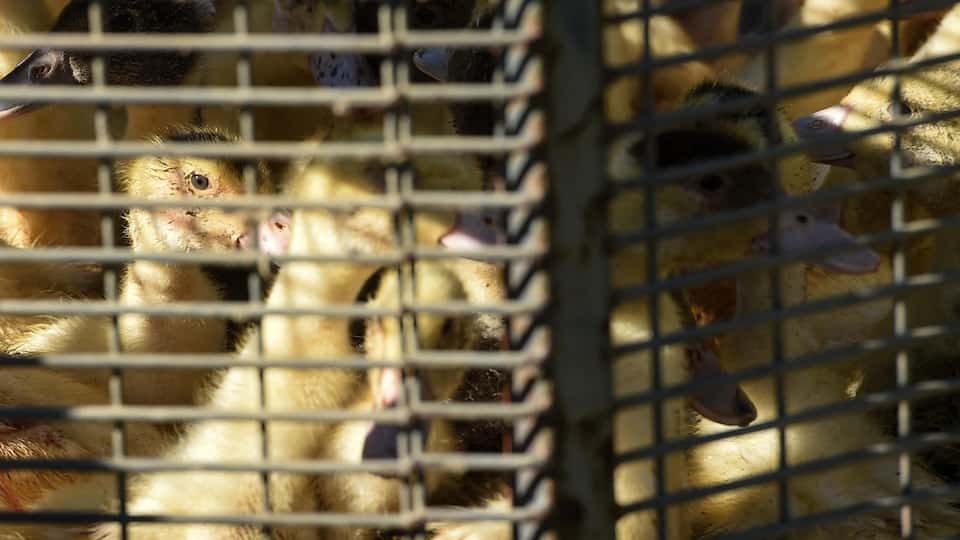The Canadian Food Inspection Agency said at least 68 poultry farms across the country have been affected by the virus, and around 1.7 million birds have been killed.
The most affected provinces are Alberta, followed by Ontario, which each have 23 infected farms.
According to wildlife experts, avian influenza usually only attacks waterfowl, but this strain, called highly pathogenic avian influenza (HPAI), is spreading among a wide range of wild birds, including corvids (ravens and blue jays), seagulls and raptors.
The most surprising casualties to date? A young pair of red foxes recently died of avian flu near St Marys, Ontario.
These foxes had eaten uncooked meat from infected animals, says Brian Stevens, a wildlife pathologist at the University of Guelph.
The highly pathogenic avian influenza (HPAI) strain was first discovered in Ontario wildlife in mid-March and the number of victims has been rising ever since, Stevens said.
In early May, his scans detected the virus 55 times in wild animals, three to four times more than he usually finds in necropsies.
The current variant infects a large number of wild animals, which we do not usually see
he notes.
” The fact that this variant spreads [aux renards] and causes severe disease with the death of barnacles and a number of raptor species is of concern. »
Increased voltage
Some wildlife rescue centers in Ontario – including the Salthaven Wildlife Rehabilitation Center of Mount Brydges – have stopped caring for injured or dying birds for fear of introducing the highly pathogenic virus into the farm or those of neighbours.
This virus is devastating to the poultry industry, says shelter founder Brian Salt. We could be a major threat to business here and we don’t want that
.
Its center is surrounded by dozens of poultry farms in southwestern Ontario, in the Strathroy-Caradoc region. It generally accommodates 75 birds per year. This year, the center refused any request for intervention.
” This is devastating for many people as they may have a nest of babies in need of medical attention but we just have to say no. It hurts on both sides of the phone. »
Ornithologists predict that the first wave of bird flu will likely peak with the peak of spring migration later this month. After that, the situation should stabilize until wild birds begin to migrate south this fall, they anticipate.
According to the Ontario Ministry of Natural Resources and Forestry, the threat to humans remains low, but it is advised not to handle sick or dying wildlife.
Hunters are advised to wear disposable gloves and follow proper guidelines when handling game birds or other wildlife.
Based on information from Colin Butler, CBC
Reference-ici.radio-canada.ca
